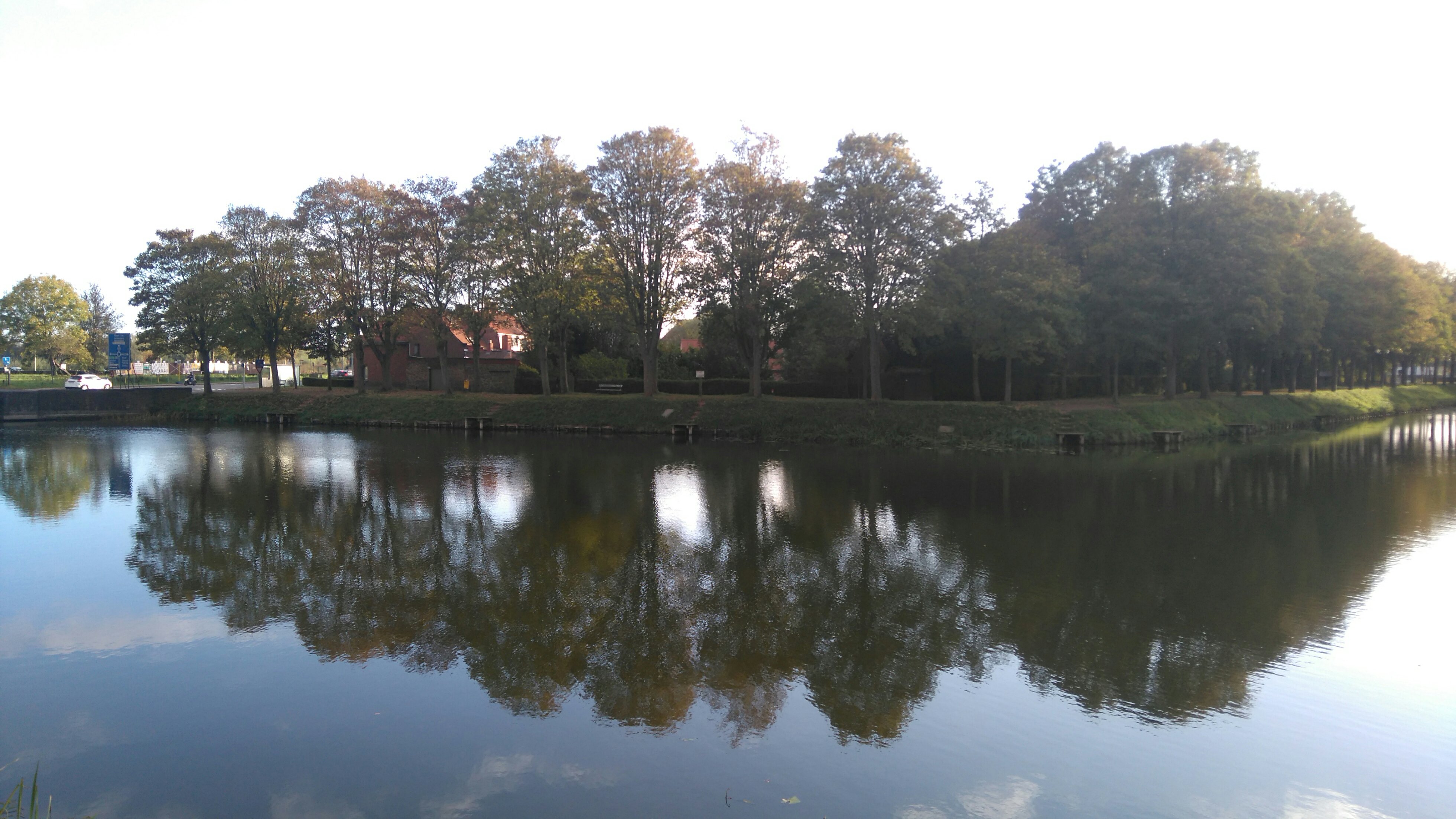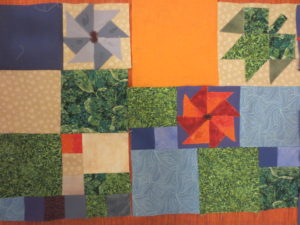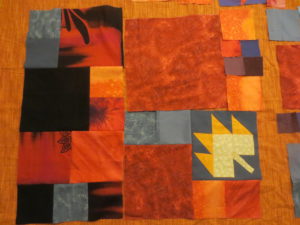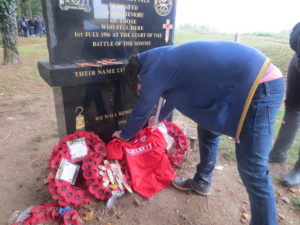Our most recent visit to the Battlefields of the Western Front WW1 is recalled here in a few fragments between 20th and 25th October 2018
As the sun went down at Ypres :
Trees like monuments,
Silhouettes against the sky,
Or reflections in still water.
Figures for memories,
Silhouettes sharing space
Silent alongside the living.
You who are there but not there,
Here but not here,
Gone but not forgotten.
Ode to a banana; at breakfast one morning my banana went missing
Woe to the memory
Of my lost banana,
Smiling crescent of the morning
Snatched from my plate
By one I called friend.
Wind at Thiepval:

When the wind blows the cradle will fall,
The sepulchre too.
When the bough breaks the leaves will fall,
The young men come tumbling after,
Down will come wreaths and memories
One by one by one by one.
Homage to mangelwurzels: mangelwurzels are always a feature of our Battlefields tours
Now bow your head
As mangelwurzels are moved
And we are too:
Heaped high, a harvest
Of huge roots
Of hidden sweetness.
Moon rise: a Hunter’s moon rose on the last evening of our tour
The mangelwurzel moon
Looks down with orange glow,
As home from the front we go.
Benevolent, gentle it’s blessing to bring,
As on the coach the students sing,
With joy in heart at end of day
And praise of moon and everything:
The moon emoji communicates it all.
Some Beatitudes
Blessed are the bagtakers
They will leave a smaller footprint on the earth
Blessed are the sandwich makers
They will share what they have with thousands.
Ploegestreet memorial: one of our Silcoatians is remembered here
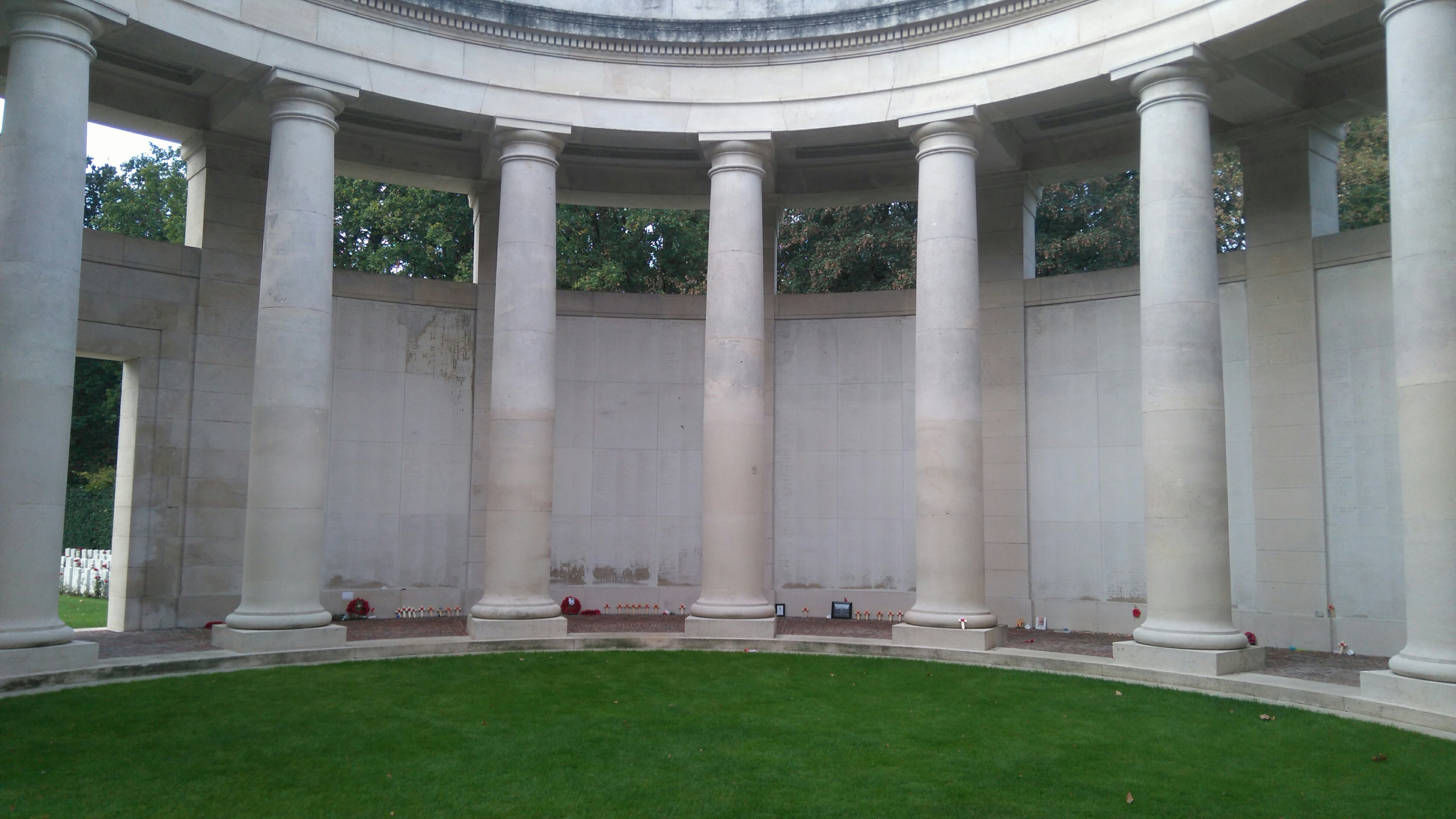
Looking skywards
Into the blue,
Searching for you
Amongst the names
In our life and our believing
The love of God
JAL 25.10.2018
